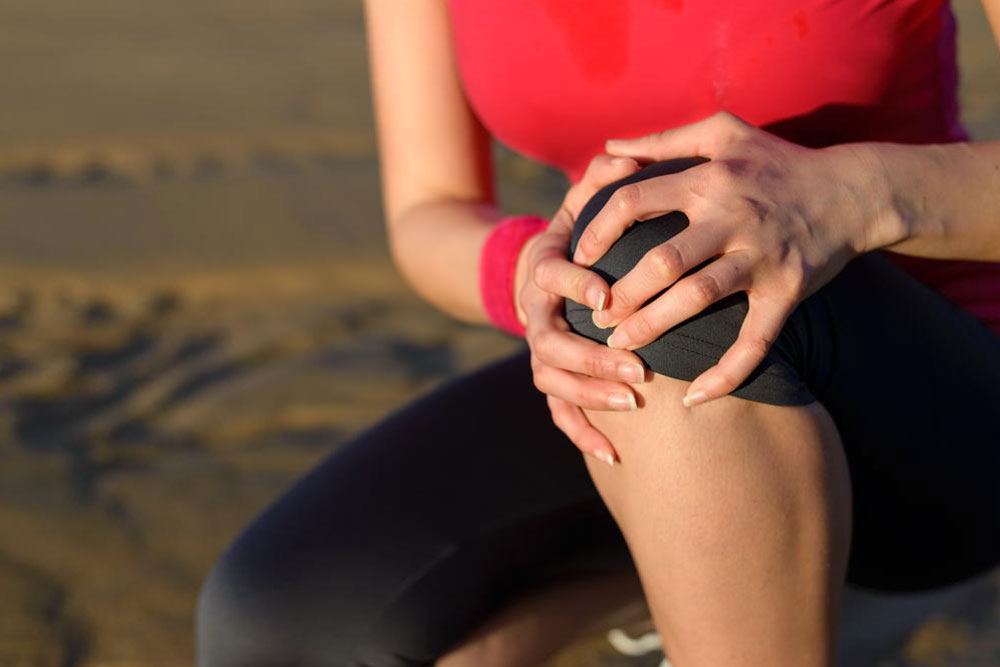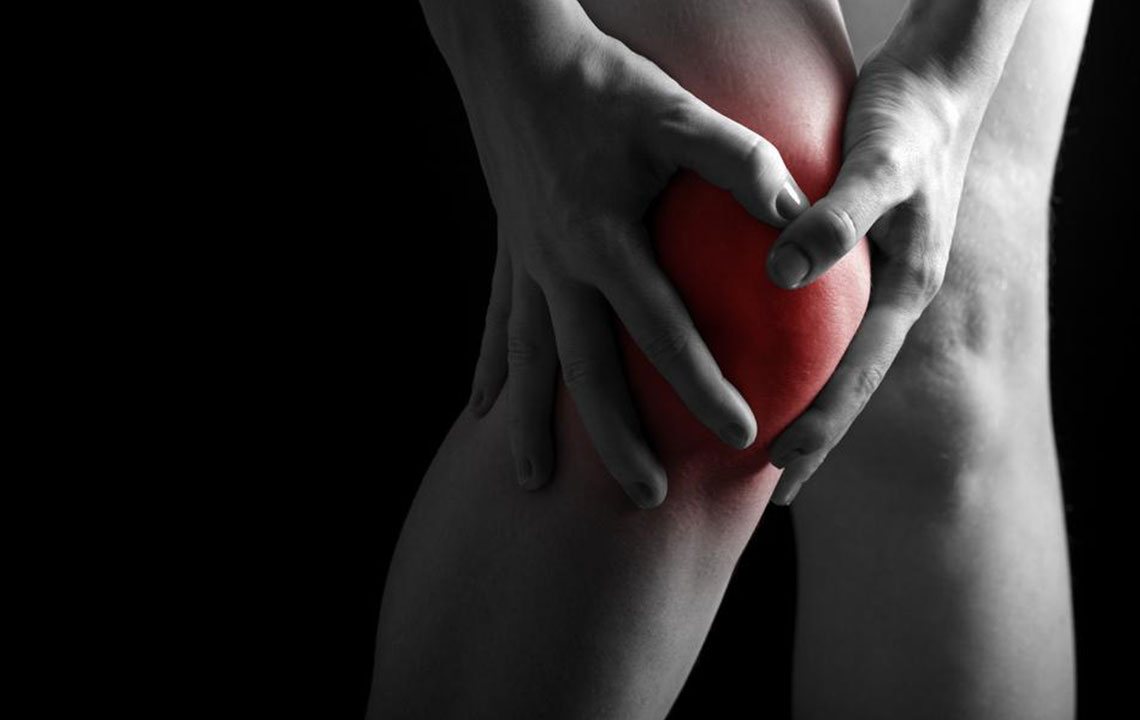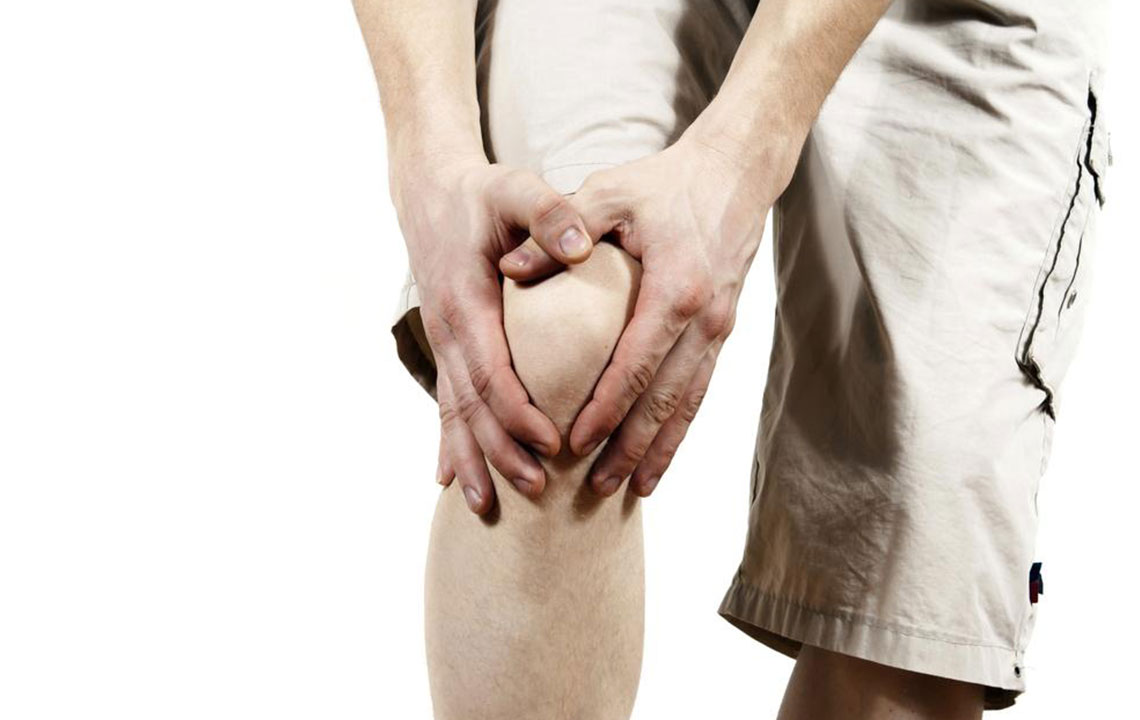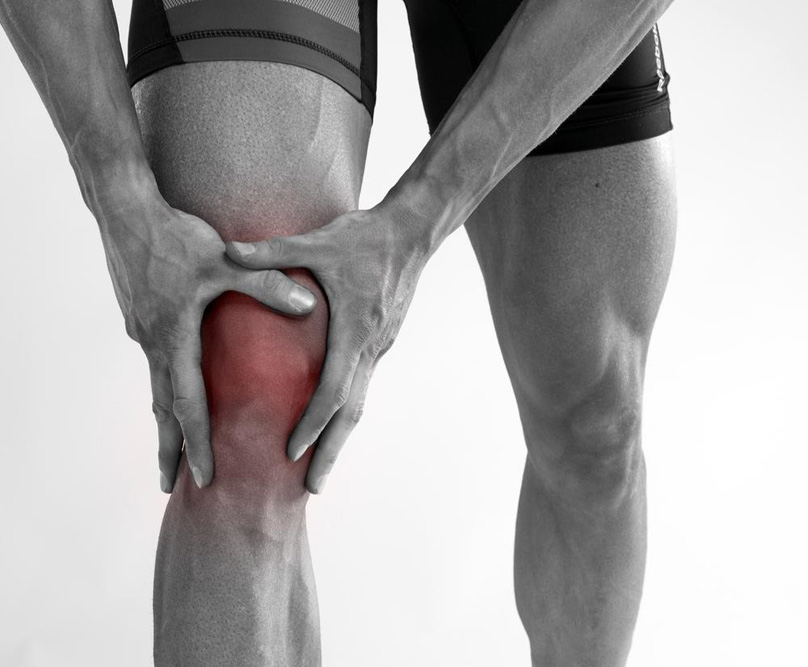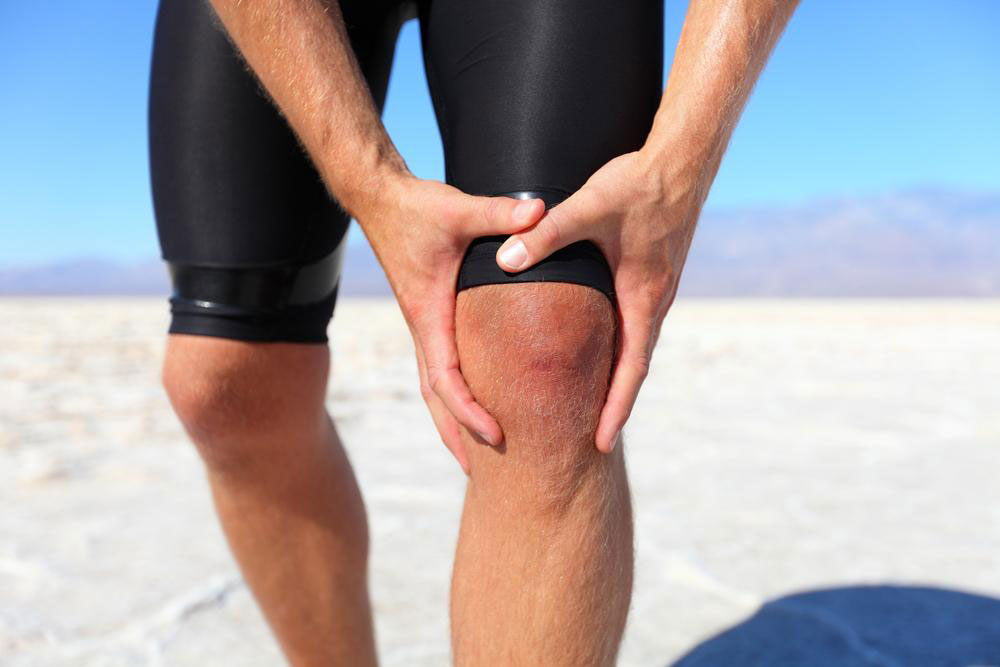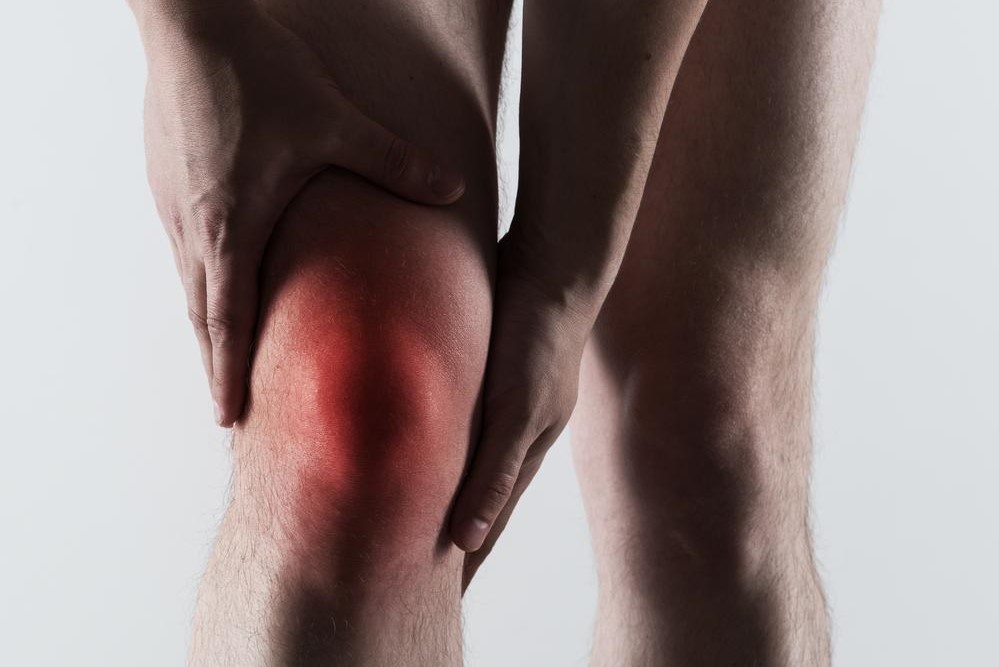Common Causes of Knee Discomfort and How to Address Them
This article explores common causes of knee pain, including injuries, arthritis, and overuse. It highlights symptoms and emphasizes the importance of prompt medical consultation for effective treatment. Understanding these causes can help in early diagnosis and better management of knee discomfort, ensuring quicker recovery and improved joint health.
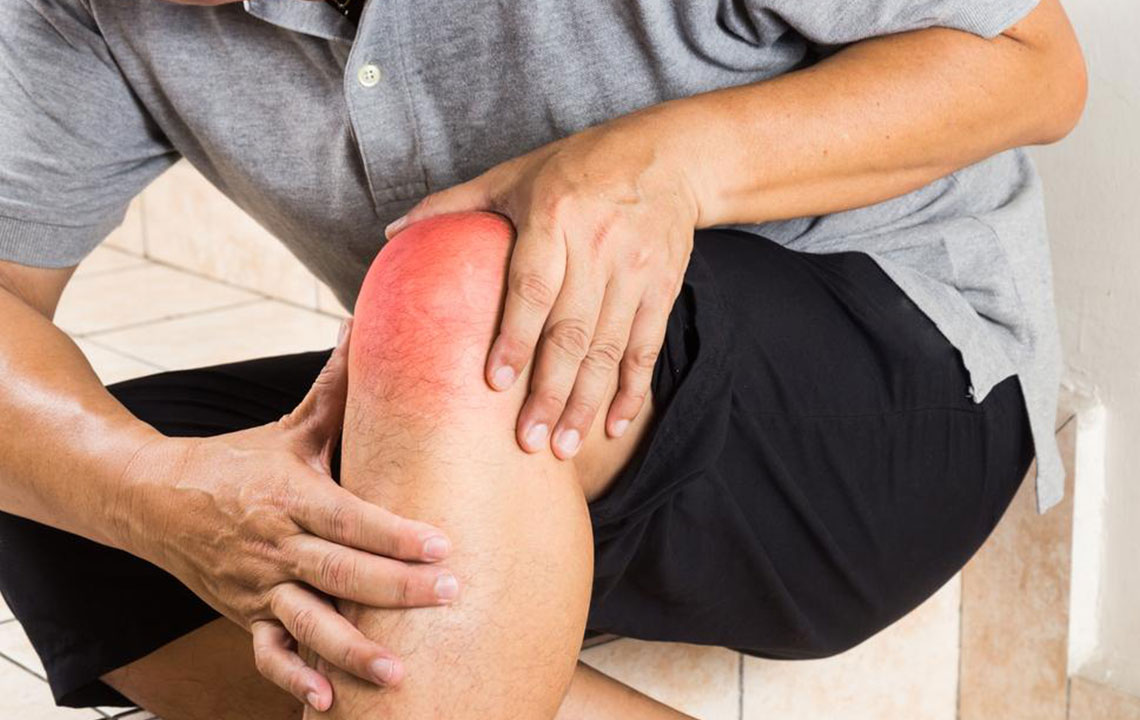
Common Causes of Knee Discomfort and How to Address Them
Most individuals will experience knee discomfort at some stage. Identifying the root cause can be complicated, as factors such as sports, exercise, and daily activities can lead to muscle strains, tendinitis, or more severe injuries.
Various reasons can cause knee soreness. Keep reading to learn about the typical origins of knee pain.
Meniscus Tear
Damage to the cartilage behind the kneecap, known as a meniscus tear, often results from twisting or direct impact, necessitating surgical repair.
Joint Degeneration (Arthritis)
Arthritis is a leading source of knee discomfort, especially in those over 50, although it can affect children too. It involves joint degeneration, with osteoarthritis being most prevalent. This occurs when cartilage erodes, causing bones to rub, leading to pain, stiffness, swelling, and restricted movement. Factors such as age, weight, genetics, and infections influence its development. Rheumatoid arthritis causes inflammation and tissue thickening around the joint, while post-traumatic arthritis results from past injuries like ligament tears or fractures, contributing to ongoing pain and stiffness.
Ligament Injuries
Knee ligaments connect thigh and lower leg bones to provide stability. Sprains or tears, common during sports, can cause significant pain and may require surgical intervention depending on severity.
Swelling of Bursae (Bursitis)
Bursae are fluid-filled sacs that reduce friction in your joint. Overuse, falls, or repetitive kneeling can inflame these sacs, resulting in pain and swelling.
Dislocated Kneecap
Sudden impact can displace the kneecap, causing acute pain and swelling as it moves out of position.
Iliotibial Band Syndrome
The iliotibial band runs along your outer thigh from hip to knee. Overuse or vigorous activity can inflame this tissue, leading to outer knee pain, common in runners, especially downhill runners.
Loose Cartilage Fragments
Injuries can break off cartilage pieces, which may lodge within the joint, causing catching sensations, pain, and swelling during movement.
Osgood-Schlatter Disease
Typically affecting active children and teens, this condition causes a painful bump below the kneecap, worsened by activity. It results from growth plate inflammation and usually resolves over time.
Patellar Tendinitis
Overuse, especially from repetitive jumping, inflames the tendon connecting the kneecap to the shin, known as jumper’s knee.
Patellofemoral Pain Syndrome
Misalignment, muscle imbalances, and tightness can cause kneecap pain, instability, and episodes of buckling, more common in males.
If you experience persistent or severe knee pain affecting daily activities, consult a healthcare professional promptly. Early diagnosis and treatment are key to preventing further injury.

